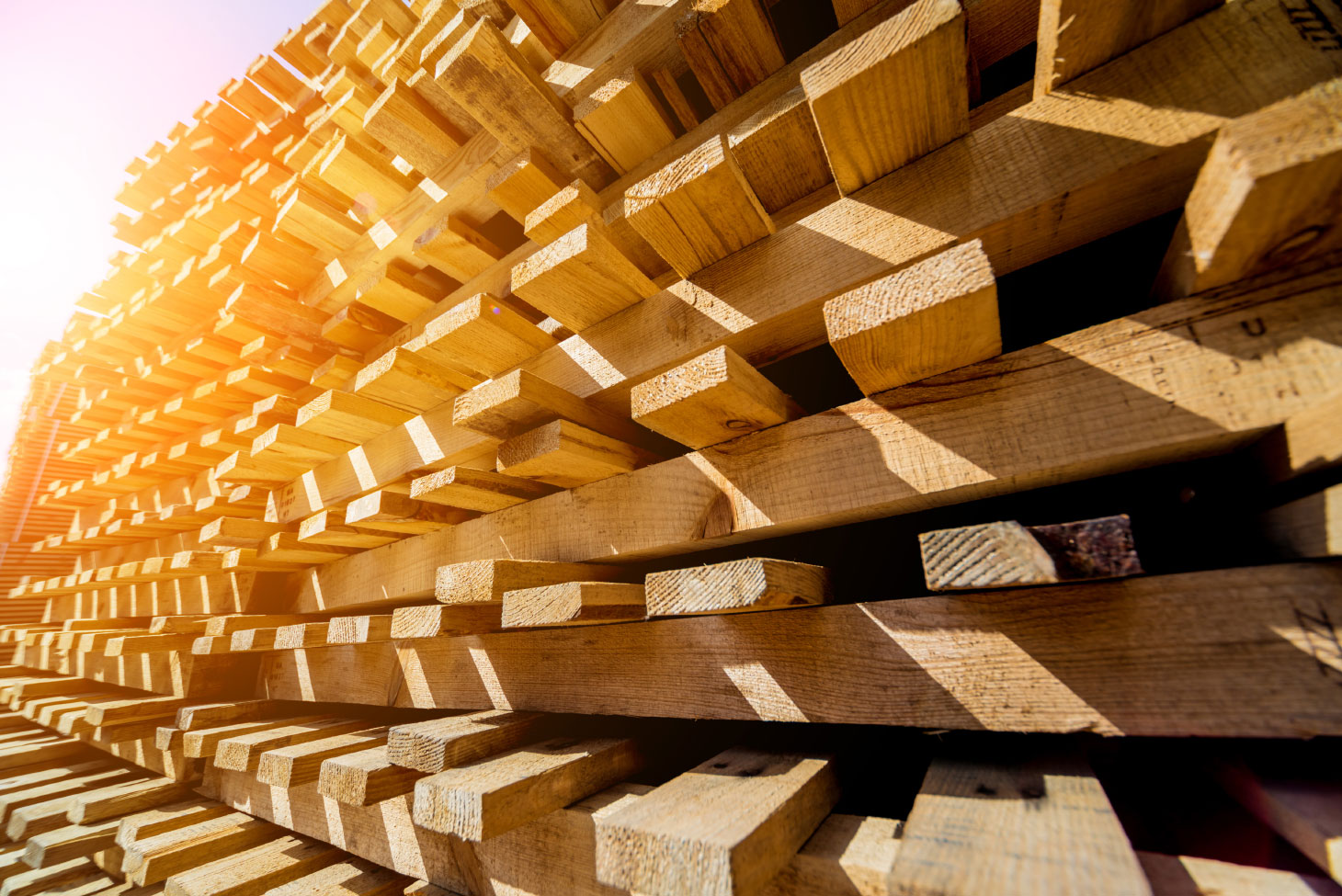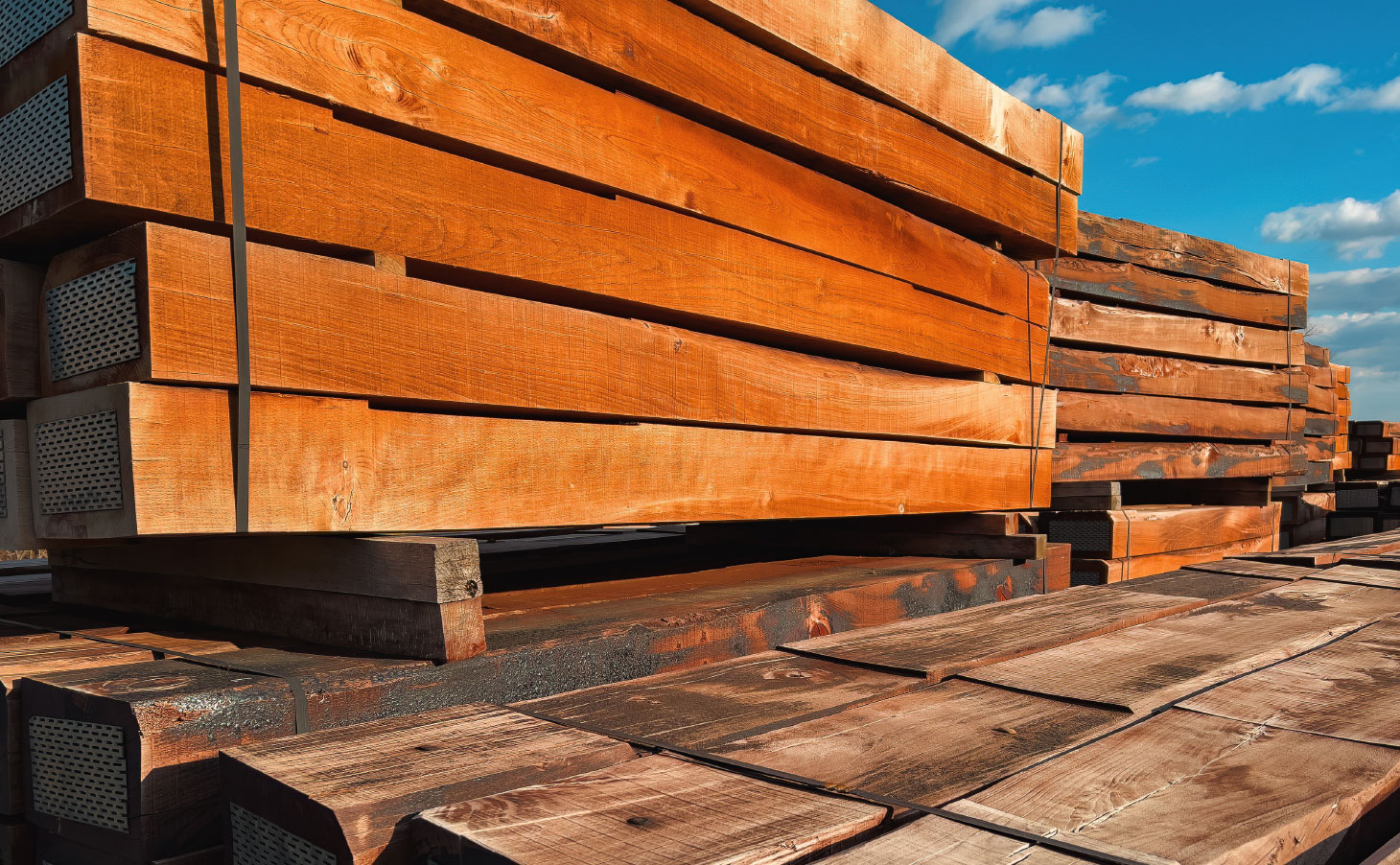
Mass timber appears in some of the world’s most iconic buildings. However, it’s not merely refined execution that keeps this material at the top of a developer’s or architect’s mind.
“Mass timber has a lower embodied carbon footprint compared to steel and concrete and is more fire-resistant than traditional light-wood frame construction,” said Shawn Keyes, executive director at WoodWorks BC, a Canadian Wood Council program aiming to increase the use of wood products in construction while showcasing precedent-setting Canadian wood projects. “With building and costing, a lot of projects see quicker installation times with less on-site labour.
“Additionally, a wood building, compared to a concrete building, will be significantly lighter due to the weight of each material. This difference reduces seismic and gravity forces and cost savings on foundations and core elements.”
With a background in structural engineering, Keyes started working at WoodWorks BC a year and a half ago, using his on-site knowledge to assist the program with providing education and technical support to the industry on effectively designing with wood.
Keyes says mass timber foundations are uncommon. “There have been some studies and projects done on shallow foundations using mass timber, but we’re not really seeing it used there,” he said. “We’re really seeing mass timber used primarily for above-grade structures.”
Using new and innovative technology, mass timber – short for massive timber – combines small wood pieces of pine or spruce that form larger pieces, such as panels, columns or beams. While engineered to match the strength of concrete and steel, mass timber is significantly lighter. Keyes says British Columbia has long laid the groundwork for using mass timber in constructing buildings.
“We’ve done immense research into mass timber concerning its fire resistance properties, and a lot of work has gone into these new code provisions.”
Shawn Keys, WoodWorks BC
“A lot of that is due to our strong ties with the forestry industry and an innovative design community, not to mention the first mass timber supplier in North America was based out of the province,” he said. “(British Columbia) alone has approximately 40 per cent of the mass timber buildings in Canada, which is quite a significant portion.”
Currently, mass timber buildings can stand at least 12 storeys in B.C. Still, Keyes says the provincial government is looking to increase that number to 18, following the direction of the United States, which approved 18 storeys in January 2019.
“What’s allowed the building code to expand is mass timber’s fire-resistant properties,” said Keyes. “Mass timber is essentially a solid wood structure, and products such as CLT [cross-laminated timber] and Glulam will burn quite differently from traditional wood, creating an external layer of char that insulates the structure in case of a fire and allows it to maintain its essential structural properties.”
He says that the building code for mass timber didn’t reach 12 storeys until 2019, when the research into mass timber’s ability to resist fire to a high degree proved successful.
“There’s been a lot of research done into mass timber and its ability to resist structural fire damage,” he said. “During the summer of 2022, in Ottawa, the Canadian Wood Council performed a mass timber demonstration fire test, which provided a lot of evidence around what fire-resistant properties can be found in mass timber.
“This type of research has been ongoing for quite a while. So, we understand how mass timber burns and that’s allowed us to increase height limits compared to more traditional wood products.”
While no province has officially adopted 18-storey timber buildings, British Columbia is one of many provinces looking to make that heightened move. Ontario and Quebec’s governments are also looking at building code changes, putting forth committees and task forces to review the proposed changes.
“Currently, the proposed changes for (British Columbia’s) building code are out for public review,” said Keyes. “The province is looking to adopt these changes by the summer on an expedited timeline since they are quite similar to what the International Building Code in the United States has already done.”
Keyes says that while the building code holds off at 12 storeys in Canada and 18 in the United States, where technology allows it, architects and developers have built higher.
“There are always ways to go taller,” he said. “There’s a 26-storey building in Milwaukee [Wis.], 19 of which are mass timber. Essentially, it requires an alternative solution process outside the prescriptive version of the building code, proving through science and calculations that the structure still meets the objectives of the code and remains safe for its users.”
Even in B.C. and other regions in Canada, there are buildings in proposal that are 18 storeys tall, says Keyes. “The tallest mass timber building in B.C., and even Canada, is still the Brock Commons at the University of British Columbia, which was completed in 2017.”

At one time, the Brock Commons was the world’s tallest mass timber structure until the erection of a 28-storey mass timber building in Norway. Still, according to Architizer, an online architecture magazine, when the Brock Commons first went up, Acton Ostry Architects anticipated “the building would serve as a model for future timber constructions that are quick to build, cost-effective and successful at sequestering greenhouse gas emissions in major cities. Brock Commons, for example, went up in just 66 days and uses timber to store an impressive 1,753 metric tons of carbon dioxide.”
Another precedent-setting mass timber project, and the first project built to the 12-storey mass timber building code provisions, was Tallwood 1, a multi-family and mixed-use project in Langford, B.C. One of the building’s main features is the vaulted mass timber ceilings with exposed CLT that elicit luxurious overtones. Yet, for Keyes, one project that has inspired him since his time in grad school was the Richmond Olympic Oval, an indoor multi-sport arena and fitness facility in Richmond, B.C.
“When I was doing my master’s degree in engineering in Ottawa, I had a professor who showed many examples of mass timber projects,” said Keyes. “The Richmond Olympic Oval was such an interesting project with its beautiful long-span structure made out of wood.
“I thought that was a very interesting precedent setting project and really motivated me to get into designing wood structures at the time, something which wasn’t really on my radar before taking that course.”
Keyes says that the National Building Code of Canada will expand the use of mass timber when the next iteration comes out in 2025. However, the province has looked to expedite some changes to allow for 18-storey structures before the 2030 version.
“We’ve done immense research into mass timber concerning its fire resistance properties, and a lot of work has gone into these new code provisions,” said Keyes. “And while we’re now catching up to where other jurisdictions are, including the United States, we’re still leaders in this area and its impact on the construction industry in North America.”
Keyes says WoodWorks BC is a good resource for understanding mass timber and its subsequent benefits and uses. “Our staff is technical support and a resource for any engineer, architect, builder, or developer that has questions about what new code provisions mean or designing taller wood structures.”